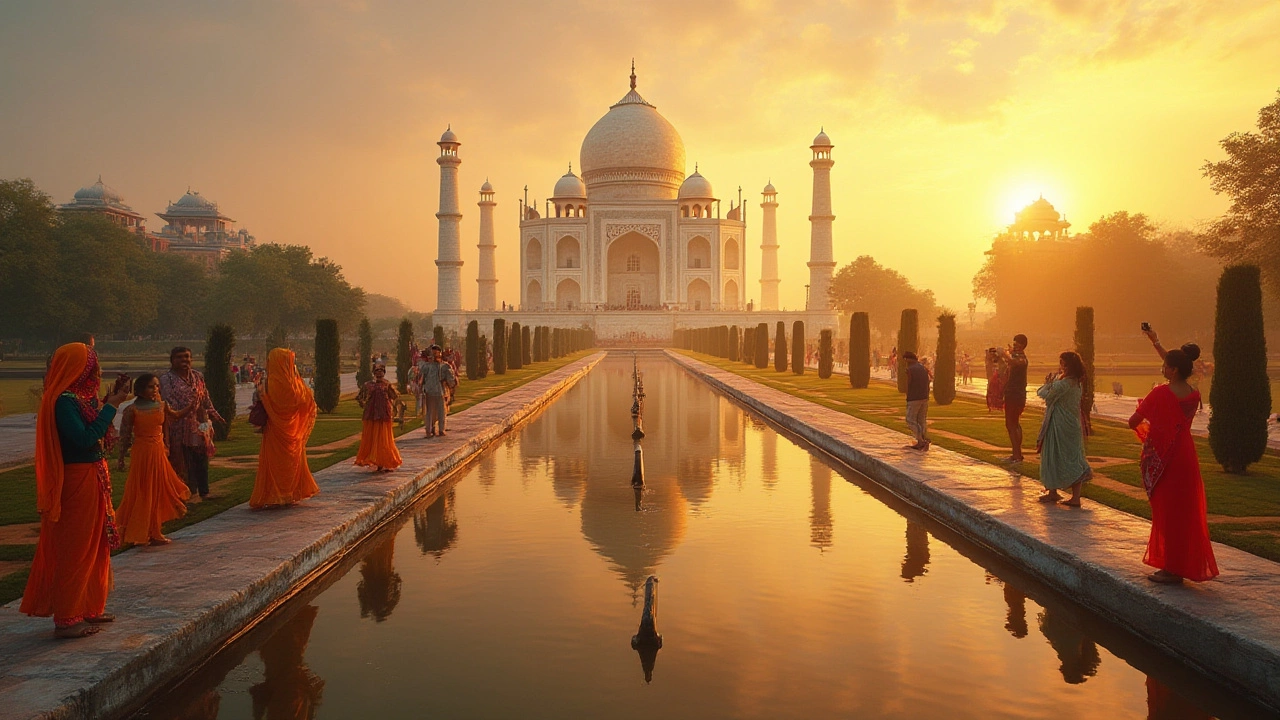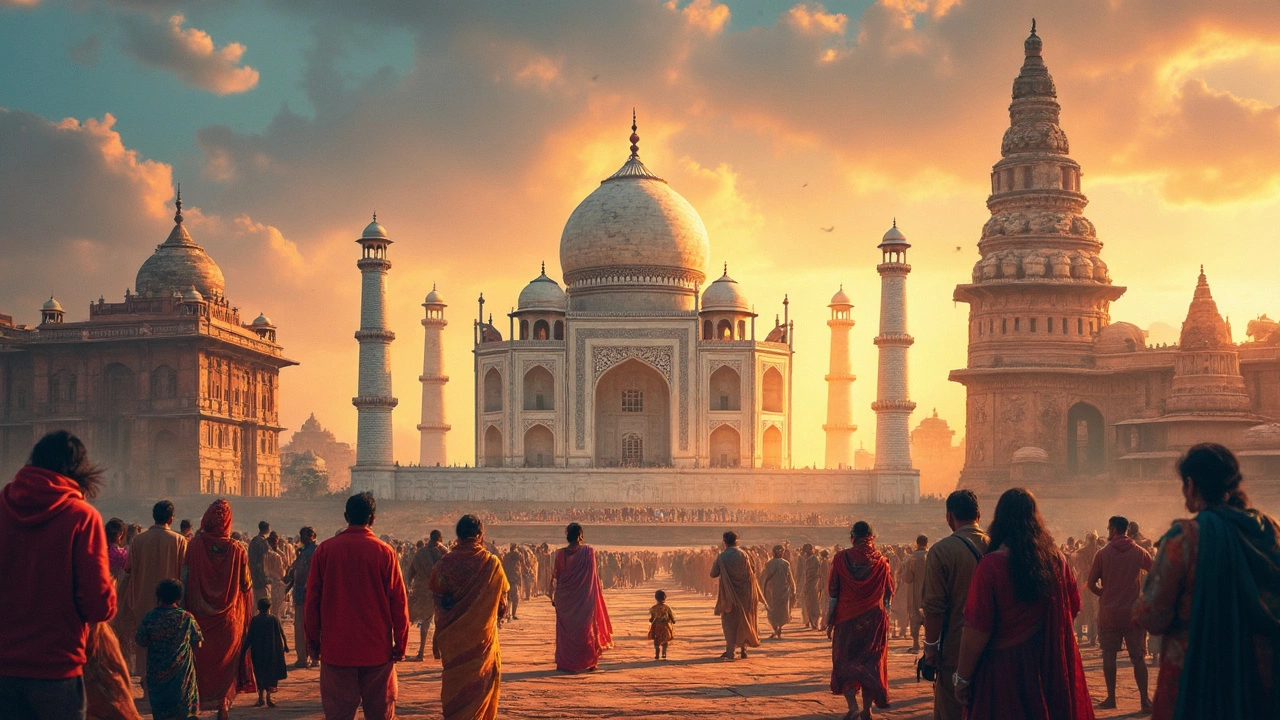World Heritage Sites in India: Top UNESCO Locations and What to Know
When you think of World Heritage Sites, places recognized by UNESCO for their outstanding cultural or natural value to humanity. Also known as UNESCO World Heritage Locations, these sites are protected not just for their beauty, but because they tell the story of who we are. India is home to 43 of them — more than any country in South Asia — and they’re not just old buildings or temples. They’re living landscapes, sacred forests, ancient water systems, and cities that still breathe with history.
These sites aren’t all about the Taj Mahal, though it’s the most famous. There’s the stepwell at Rani ki Vav in Gujarat, a 1,000-year-old engineering marvel carved like a reverse temple. There’s the Khajuraho temples, where art and spirituality meet in stone carvings that still stun visitors today. Then there’s the Sundarbans, the world’s largest mangrove forest and home to the Bengal tiger — a natural site that’s just as vital as any monument. These places aren’t frozen in time. Locals still worship at them, farmers still rely on their water systems, and guides still tell stories passed down for generations.
What makes these sites different from regular tourist spots? They’re protected by global standards. That means you can’t just climb on them, carve your name, or leave trash behind. Responsible travel here isn’t optional — it’s part of the experience. When you visit the Great Himalayan National Park, you’re not just hiking. You’re walking through a zone where rare animals live because people chose to protect it. When you see the Ajanta Caves, you’re standing where artists painted Buddhist stories over 2,000 years ago — and those paintings are still fading because of humidity and too many visitors.
Some sites, like the historic city of Jaipur, blend living culture with ancient architecture. You can shop in the same bazaars that existed in the 1700s. Others, like the Buddhist monuments at Sanchi, feel silent and sacred, untouched by modern noise. And then there’s the recent addition — the Dholavira site in Gujarat, an Indus Valley Civilization city that only became a World Heritage Site in 2021. It’s proof that India’s heritage isn’t just what we’ve known for decades — it’s still being discovered.
These places connect to bigger ideas — like how ancient Indians managed water, how trade routes shaped art, or how forests were protected long before environmental laws existed. You’ll find posts here that break down the full list, explain why Nagpur is called the Heart of India because it’s near the center of these sites, and show you how to visit them without overcrowding them. You’ll also learn how to respect temple customs, what to eat safely while traveling between them, and how to plan a trip that doesn’t just check boxes but actually connects you to the culture.
Whether you’re planning your first trip or you’ve been to the Taj Mahal five times, there’s something here you haven’t seen. The real magic isn’t in the photos you take — it’s in understanding why these places still matter today.


